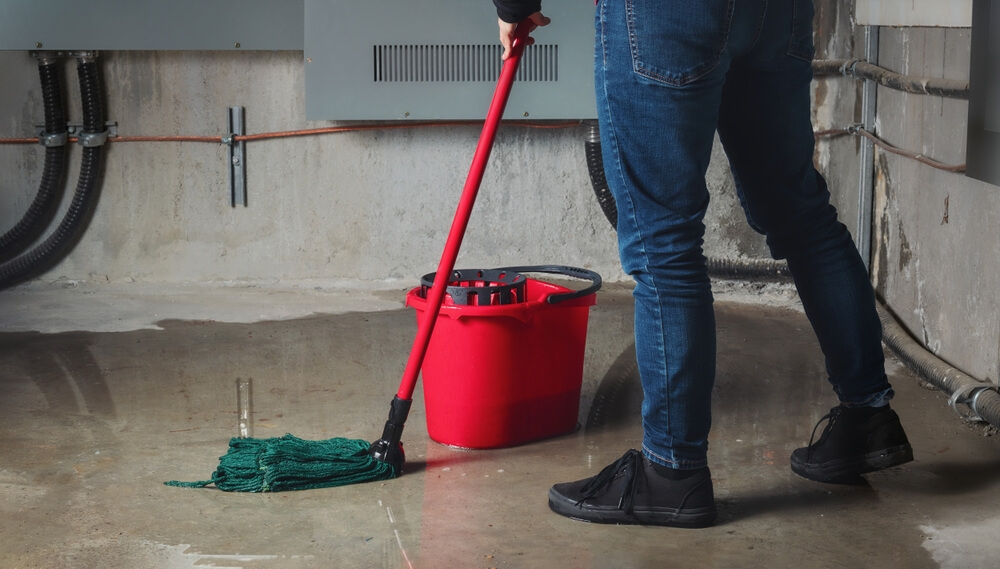
If you are not redirected within 30 seconds, please click here to continue.
Samedi: 10h – 16h HAE

If you are not redirected within 30 seconds, please click here to continue.
If you are not redirected within 30 seconds, please click here to continue.
This article has been updated from a previous version.
If you think the weather is becoming increasingly unpredictable, you may be right.
In 2021, severe weather caused $2.1 billion in damages in Canada, making it the sixth-highest year of insured losses since 1983. Several weather events contributed to that astronomical total, notably the British Columbia floods ($515 million in insured damages) last November and the Calgary, Alta. hailstorm ($500 million in insured damages) in July of 2021.
That puts the onus on homeowners to safeguard their dwellings from storm damage. Ensure your home insurance policy protects your property adequately if the worst unfolds to avoid costly repairs.
What’s covered by my home insurance policy?
Insurance can protect you from unforeseen issues, but not all damages from unexpected weather events are automatically covered. A home policy typically pays for fire, wind, ice, and hail damages, but not earthquakes, landslides, or floods.
However, even when a peril is covered, there may be exceptions depending on what lead to the damage. For example, if the wind blew shingles off your roof, but you were due to replace them anyway, your insurance provider may not pay for it because a home policy doesn’t cover maintenance.
Wind damage, such as from a tornado, is covered so long as it affects the outside of the building. Damage to the internal contents of a home doesn’t fall under the wind damage provisions unless the wind breaks a window or damages the outer structure.
As with any insurance policy you have, knowing the details of your home policy is vital. That includes the coverage limits under each portion of your policy. There are four components to a standard home insurance policy:
- Property coverage — protects the home’s structure from perils such as fire and burglary. Insurance providers base the coverage on the replacement value of your home, not the market value.
- Contents coverage — protects your personal property when it’s at home and when you carry it with you, such as a laptop you bring to and from school, the bicycle you ride to work, and the camera you take on vacation, subject to limits.
- Liability coverage — protects you (as well as your spouse and children) if someone is injured on your property, or your property causes them damages, and you are sued.
- Additional living expenses — covers you if you are temporarily displaced from your home due to a claim.
Can I add coverage to my home insurance policy?
While extreme winds and tornadoes happen, flooding is often the most common threat to Canadian homeowners.
However, flood insurance is not automatically included in a standard home policy. You should consider adding optional coverages such as overland flooding and sewer backup insurance to your policy.
Home insurance does provide coverage for water damage inside your home when, for example, a pipe bursts or the dishwasher in your kitchen malfunctions unexpectedly and floods the floor. But if a major storm triggers a flood in your community that washes over your property and floods the basement or the municipal sewer backs up and spews out a mess inside your house, you’ll likely have to pay for those damages without overland flood and sewer backup protection.
How can I prepare for a weather-related emergency?
An emergency can be defined as a situation that poses an immediate risk to your health, life, property, or a community. A natural disaster such as a flood, wildfire, or severe windstorm can fall into that category. Prepare for the unexpected by maintaining an emergency survival kit for your home.
The Insurance Bureau of Canada (IBC) offers these tips for protecting your family and home from the effects of a severe weather event:
- Create an emergency preparedness plan for your family.
- Secure barbecues and store patio furniture indoors when severe weather is forecast.
- Park your vehicle in a sheltered area to prevent damage.
- Avoid windows, doors, and skylights during a storm.
- Ensure there is proper grading around your home.
- Update your home inventory list and have someone check your property if you are away.
- Install a sump pump, sewer backup, or backflow valve.
- Consider using resilient building materials when completing repairs.
- Know your risks and review your insurance policy with an experienced insurance representative.
How can I get the right home insurance coverage for my property?
Ensuring you have adequate coverage for your dwelling and property means taking the time to think about what you need your home insurance policy to protect. Think about any detached structures on your land, such as a shed. Or, if you have a heritage home or vacation property, talk to your provider about making sure it’s covered.
In a time when the weather appears to be changing, and storms are becoming more severe, it’s prudent to protect your greatest asset — your home — with the right policy.
Don't waste time calling around for home insurance
Use RATESDOTCA to shop around and compare multiple quotes at the same time.
Finding the best home insurance coverage has never been so easy!
Get money-saving tips in your inbox.
Stay on top of personal finance tips from our money experts!











